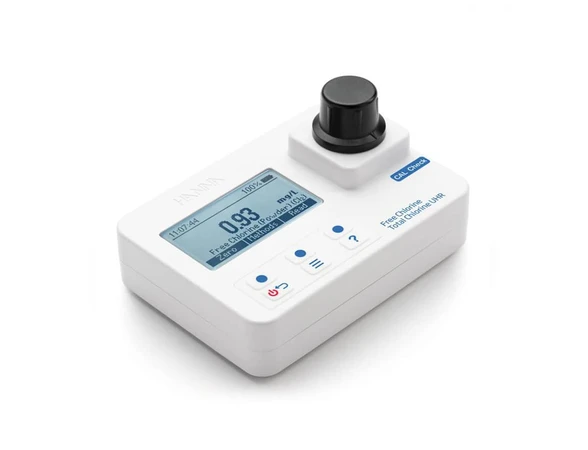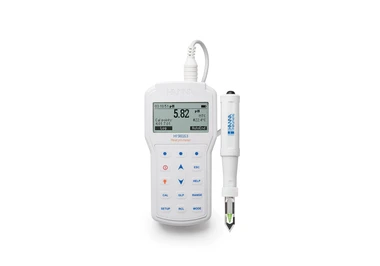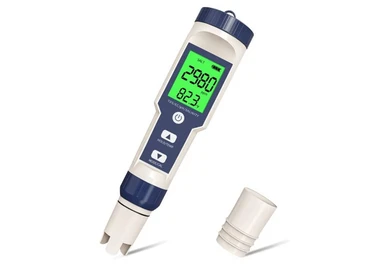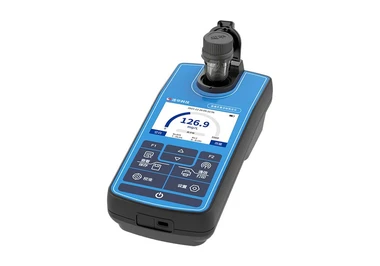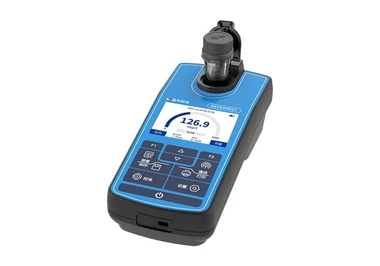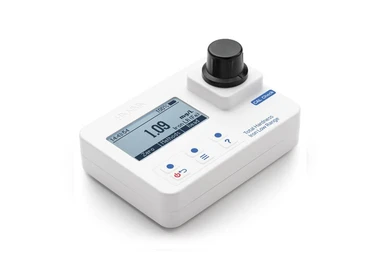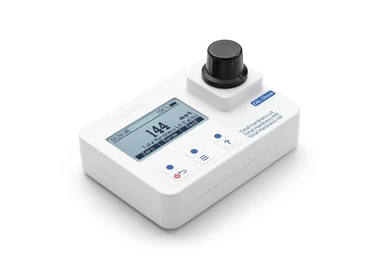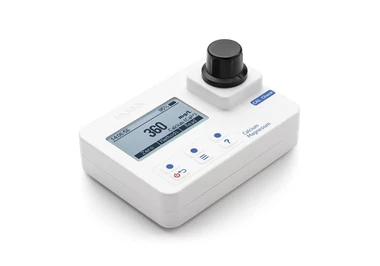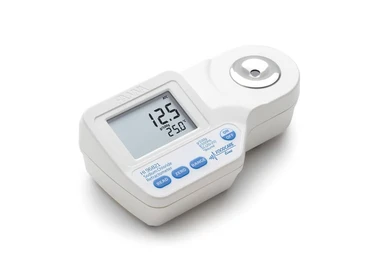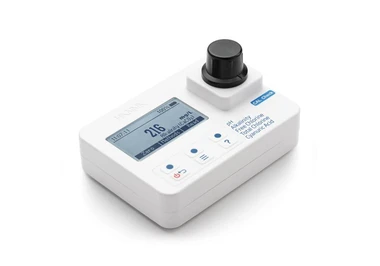What is chlorine?
Chlorine (Cl2) is a common chemical used to kill microorganisms, not only for disinfection but also as an oxidizer for other substances (iron, manganese, cyanide, etc.) and to control taste and odor.
Depending on the required pH conditions and available storage options, various chlorine-containing substances can be used.
Common types of chlorine (CL2) in water treatment
- Chlorine gas
- Sodium hypochlorite
- Calcium hypochlorite.
Free chlorine readily reacts with ammonia and some compounds to form combined chlorine. Chlorinated wastewater, as well as some chlorinated industrial wastewater, usually only contain combined chlorine. Total chlorine is essentially the sum of free chlorine and combined chlorine.
Advantages of using chlorine (CL2):
The most important advantage of using various types of chlorine in domestic and industrial uses is their very high power in eliminating algae, microbes and other pollutants in water.
Disadvantages of chlorine (CL2) in water
- Due to its high reactivity, there is a possibility of explosion in contact with other chemicals.
- Causes corrosion in industrial facilities.
- Drinking water contaminated with chlorine and swimming in chlorinated pools increases the risk of respiratory problems such as asthma, especially in children.
- Using chlorine to disinfect water leads to the production of harmful side compounds.
- Contact of various chlorine compounds with the skin leads to irritation.

The laboratories of Abrizan Industrial Research Company, located in Fars Science and Technology Park, are capable of measuring various water parameters, including chlorine, with experienced staff and the use of advanced devices and equipment.
- Chlorine gas
- Chlorine in the pool
- Water chlorine level
- Chlorine measurement test
- Sodium hypochlorite
- Calcium hypochlorite
- Water disinfection
- Iron oxidizer
- Water and wastewater treatment
- Removing germs from water
- Eliminate water algae
- Corrosion of industrial facilities
- Water disinfection
- Types of water parameters

